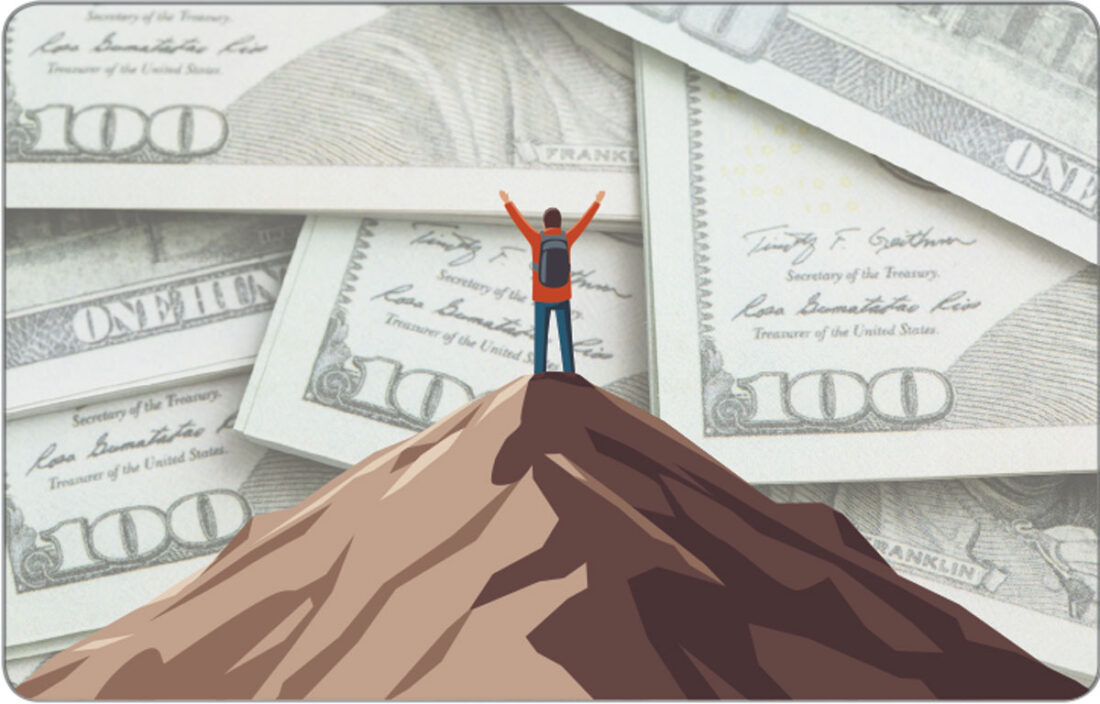Editor’s Notes: The bottom line for our parks

(Graphic Illustration - MetroCreativeConnection - Editor's Notes)
It’s always good to be reminded you’re not writing in a bubble. When I wondered last week whether a couple of members of Congress had asked the Property and Environment Research Center how much money might be raised by an across-the-board $5 increase to entry fees at our national parks, I didn’t expect an answer.
I still don’t know whether U.S. Reps. Riley Moore, R-W.Va. 2nd Dist., and Ryan Zinke, R-Mont. 1st Dist., ASKED for the information, but I do now know that PERC produced a full report called “The Economics of Awe: Exploring entrance fee options at the world’s oldest national park.”
A representative for PERC, which, according to its website “was formed to explore potential answers and, in the process, established an entirely new framework for conservation called ‘free market environmentalism,'” pointed me toward the report, which uses Yellowstone National Park as a case study.
It’s really a fascinating read.
In fact, the study, written by a University of Wyoming economist, examined six potential fee-increase scenarios.
Scenario 1 was the $5 surcharge for all visitors. Again, these numbers are based on Yellowstone, which has a representative baseline of 4.4 million annual visitors, 660,000 of whom are international visitors, and gross entry fee revenue of $14.2 million.
The $5 all-visitor surcharge would result in a 2.8% reduction in the number of visitors, but a revenue increase of $19.3 million. (I can hear my dad somewhere saying “I KNEW it!”)
Scenario 2 was free entry for locals, a $10 non-local surcharge. That would mean a 5% reduction in the number of visitors, but a $34.3 million revenue increase.
Scenario 3, a $20 international surcharge, (by the way, note use of the word “international” rather than “foreign;” word choice matters) would reduce the number of visitors by 0.3% but yield only $11.9 million in revenue increase.
Scenario 4 was free entry for locals, a $10 domestic surcharge and a $20 international surcharge. That would drop the number of visitors to Yellowstone by 5.1%, but yield $40.1 million in new revenue.
Scenario 5, a $50 international surcharge, would mean a 0.7% reduction in visitors and a $28.9 million revenue increase.
And finally, scenario 6 was a $100 international surcharge, which would decrease the number of visitors by 1.3%, but increase revenue by $55.2 million.
The study also looked at elasticity of demand — how sensitive a demographic group’s demand for entry is to increases in the fee. The group most affected was Americans who are lower-income, non-white, over 40.
“These scenarios can help policymakers explore how a refreshed and creative entrance fee structure could help meet Yellowstone’s revenue needs while keeping the park accessible to all and maintaining sustainable visitor numbers,” the report says.
After reading what was presented about Yellowstone, my new favorite fee-increase scenario is the second, with free entry for locals and a $10 entry fee surcharge for everyone else. The report also got me thinking about the parks where increased demand for entry is a problem simply because of the damage done by so many visitors to our natural national treasures. But, balance that with the hotels, restaurants, and other businesses that would be affected by a reduction in the number of people who stay in what the report called “gateway communities” while visiting parks.
It’s not a simple question.
The bottom line, according to the report’s summary, is “Overall, the analysis finds that sensible fee increases offer a practical way to fund Yellowstone’s needs without significantly reducing visitation — and make sure the iconic park will be stewarded properly so that all visitors can enjoy it for generations to come.”
It’s not always easy, when you’re talking about public business, to be sensible AND welcoming, accessible, etc. But, I always hope our elected officials will try.
And while I did my best to digest this report while I should have been doing about 15 other things at work, it is the responsibility of folks like Moore and Zinke to have a clear understanding of what goes into developing their proposed policies. I hope they did.
After all, this isn’t about “patriotism.” This is about parks, people and figuring out how to do the right thing — for both.
Christina Myer is executive editor of The Parkersburg News and Sentinel. She can be reached via e-mail at cmyer@newsandsentinel.com.






